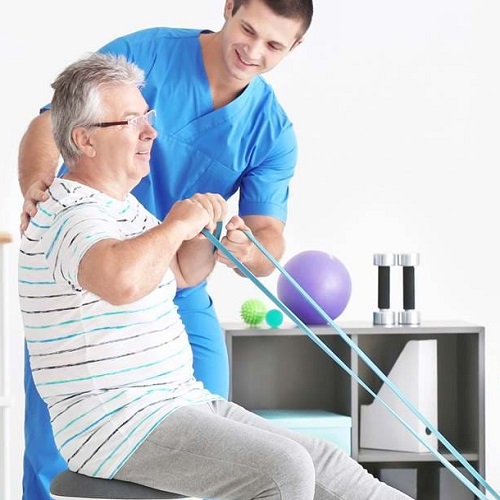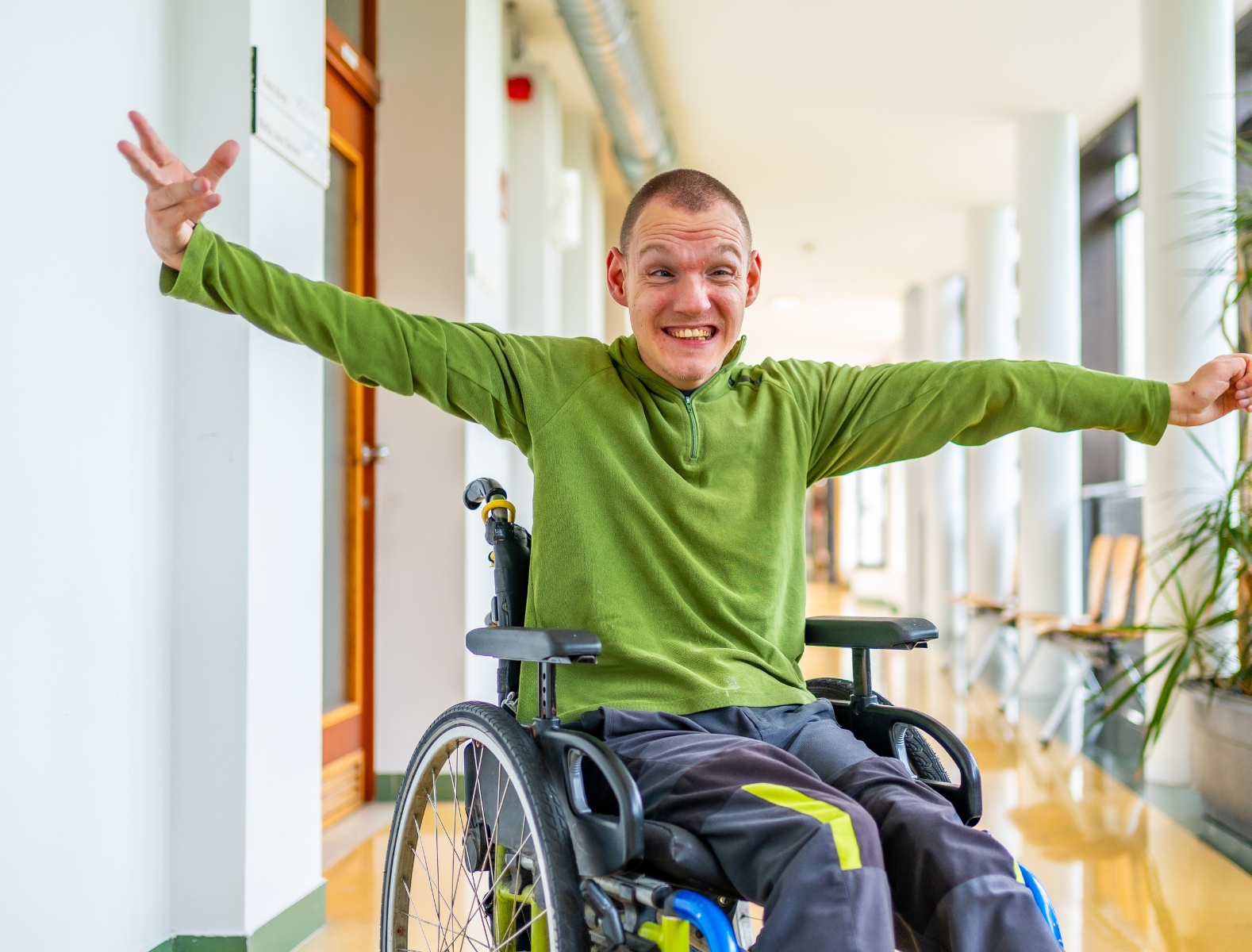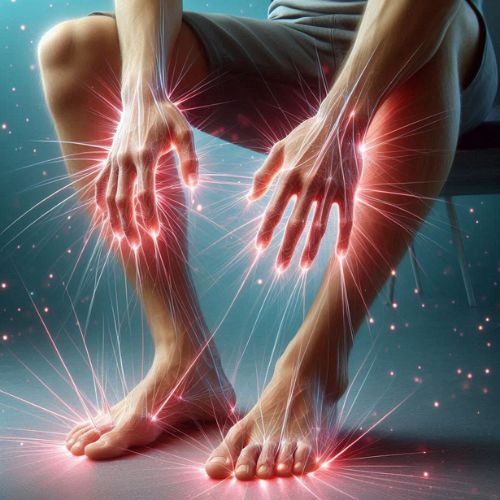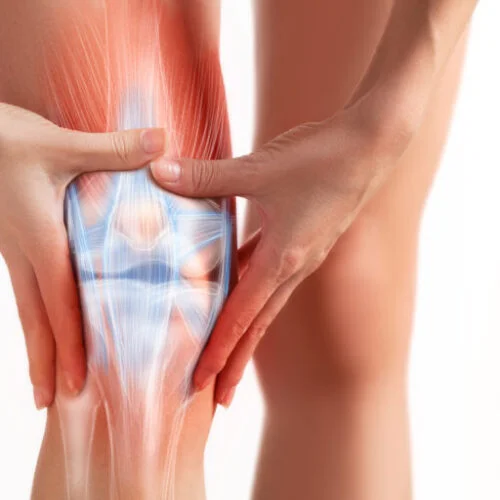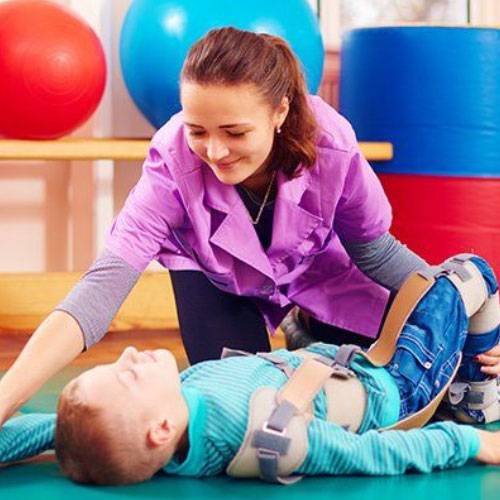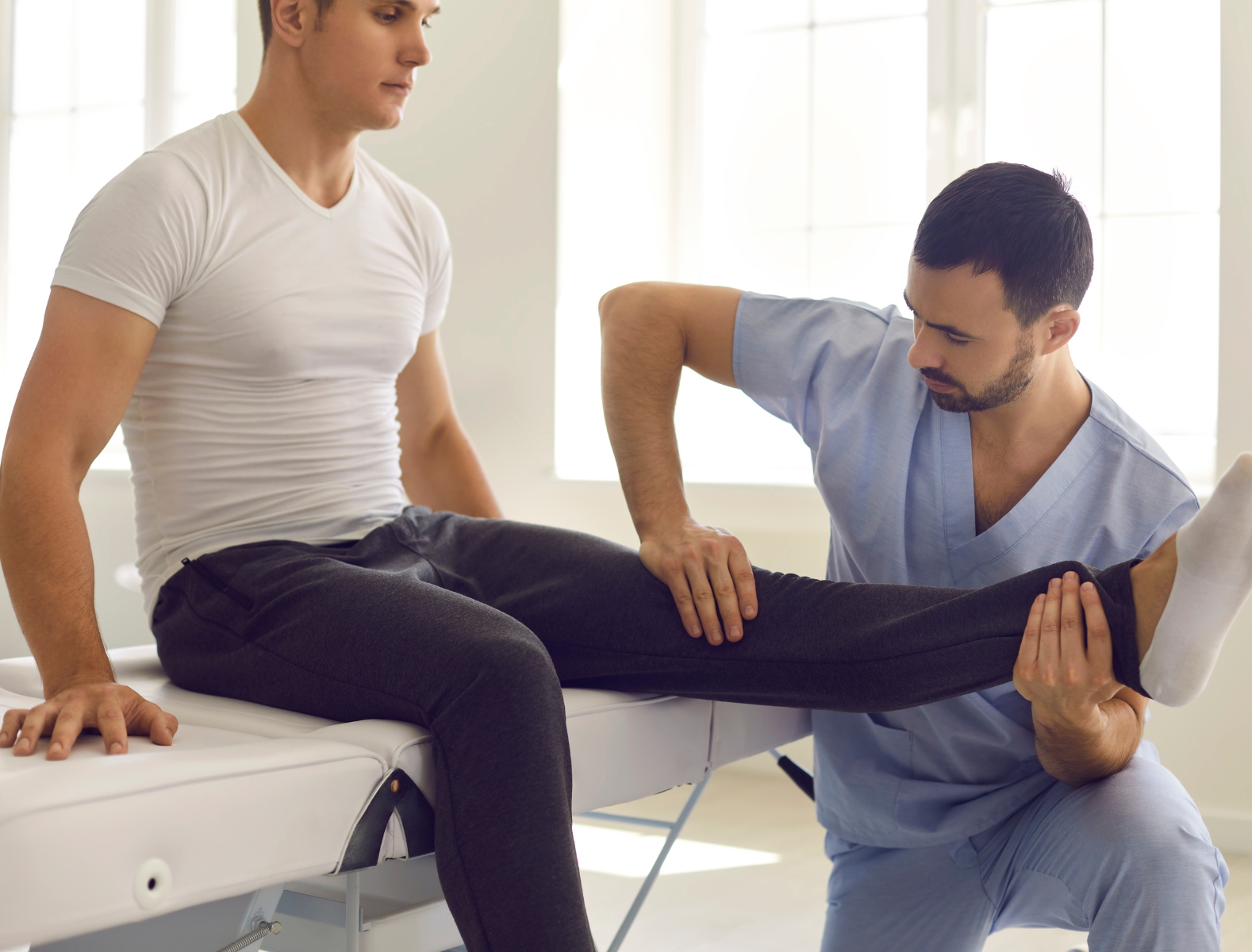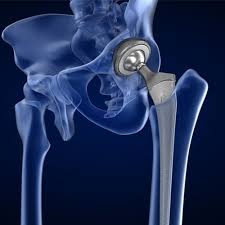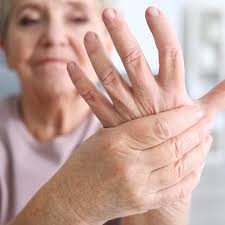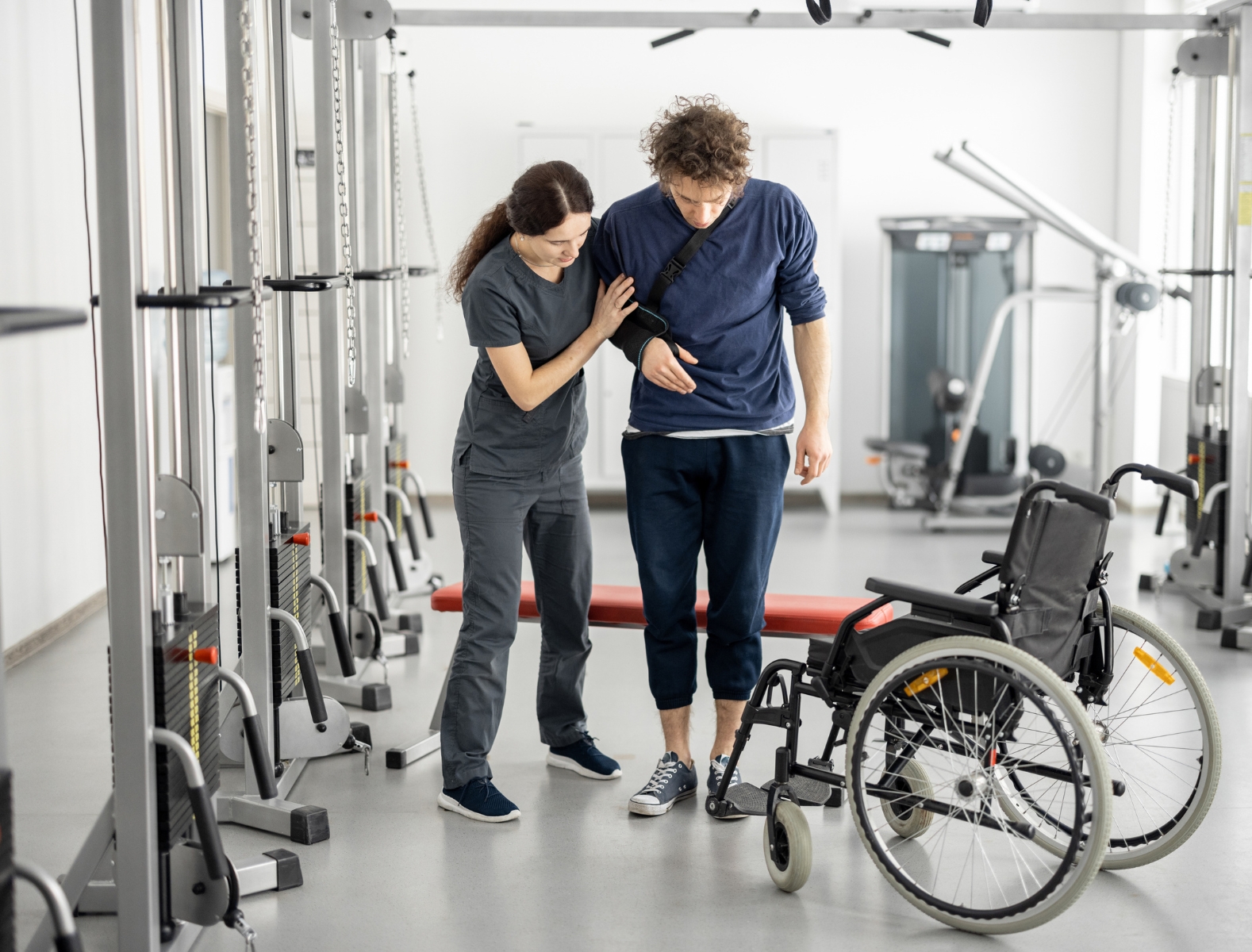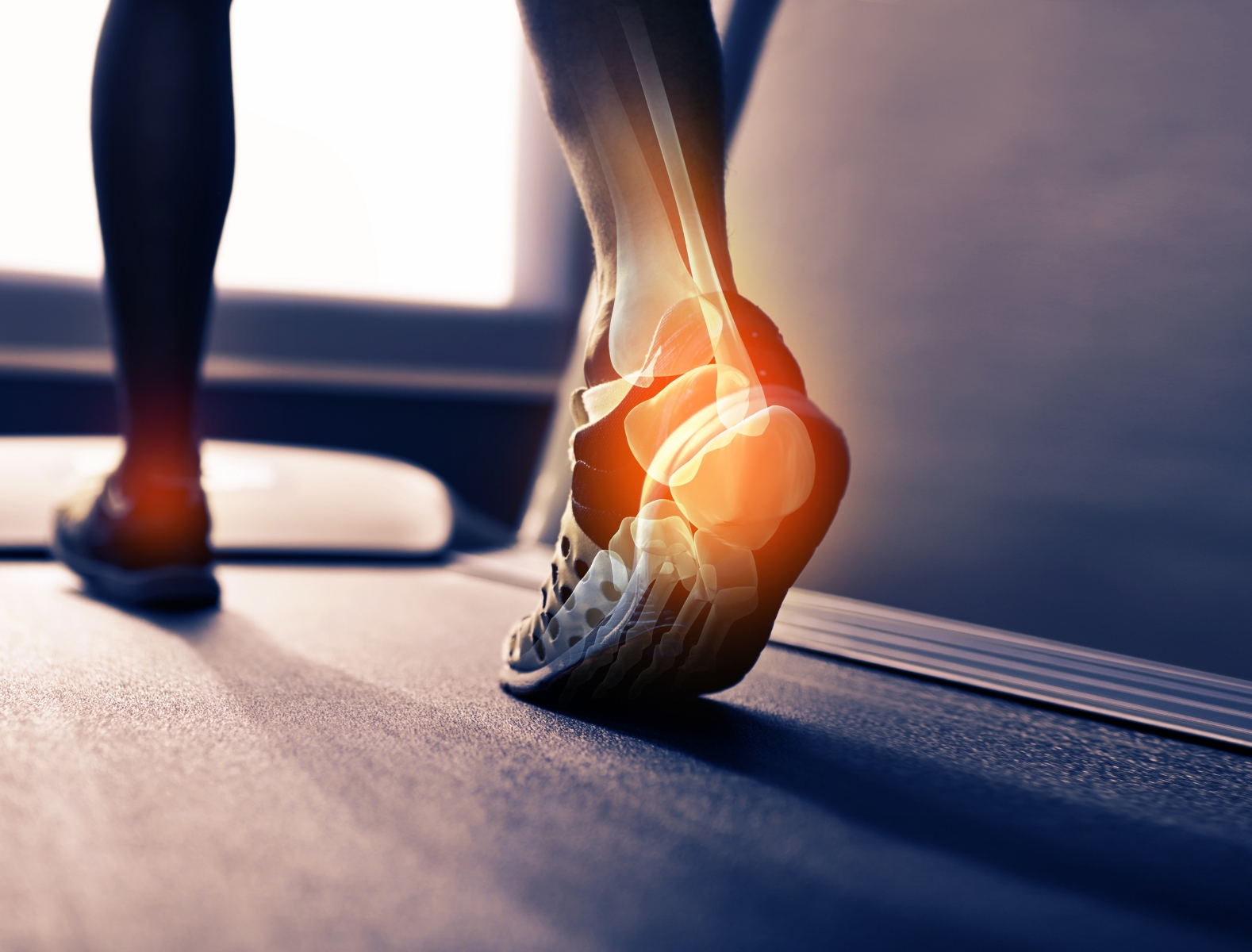.jpg)
Back pain (slip disc)
Low back pain is one of the most common musculoskeletal issues that affects people of all ages. It can arise from poor posture, muscle strain, herniated discs, or spinal abnormalities. Sciatica is a specific type of back pain that radiates down the leg due to irritation or compression of the sciatic nerve. At Universal Physiotherapy & Rehabilitation Center, we offer targeted therapies including traction, manual therapy, TENS, ultrasound and customized exercise plans. Our approach helps in reducing inflammation, improving mobility, and restoring normal function. Pain management is combined with postural corrections and ergonomic advice to prevent recurrence. Patients experience substantial relief through a blend of electrotherapy, stretching, and strengthening exercises.
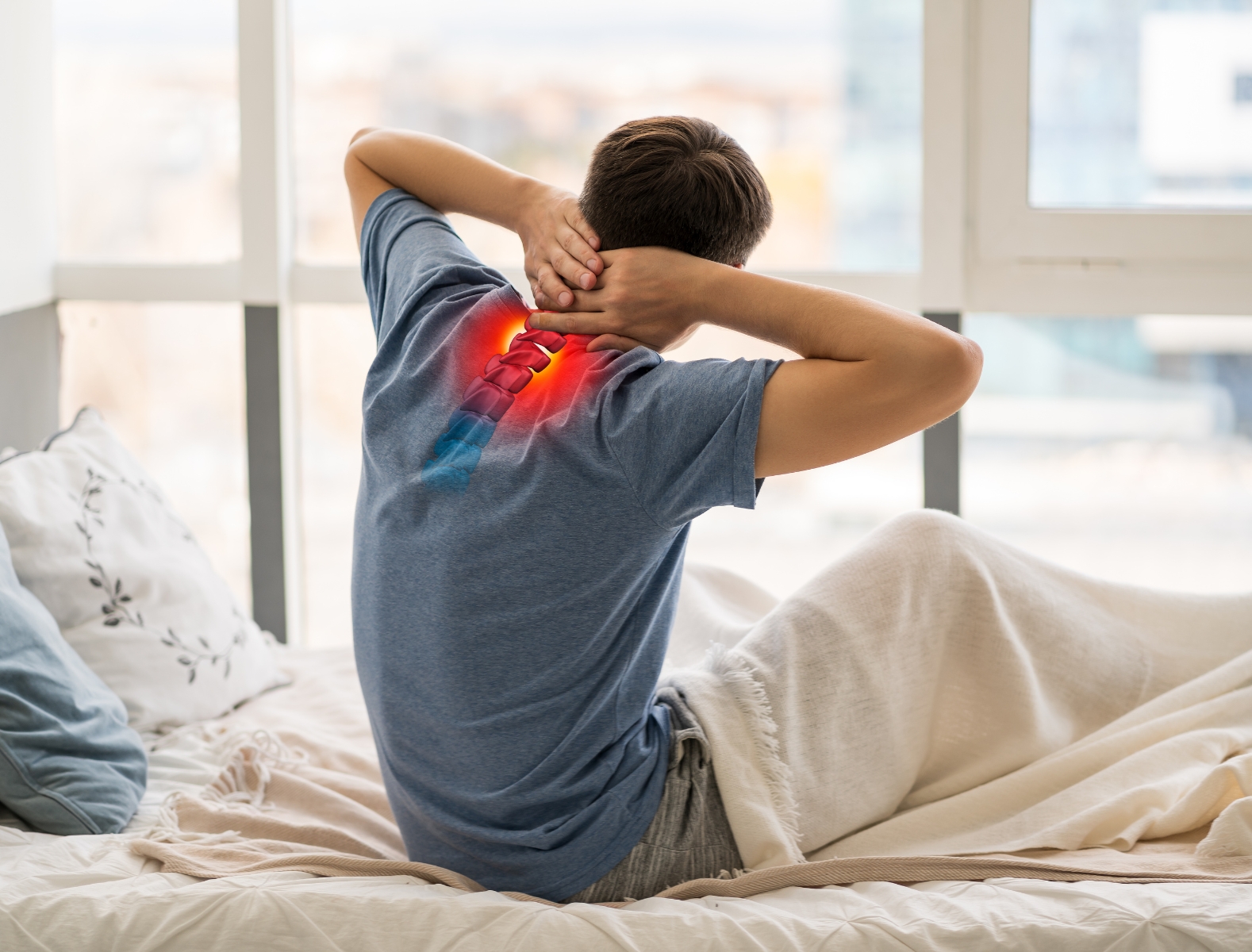
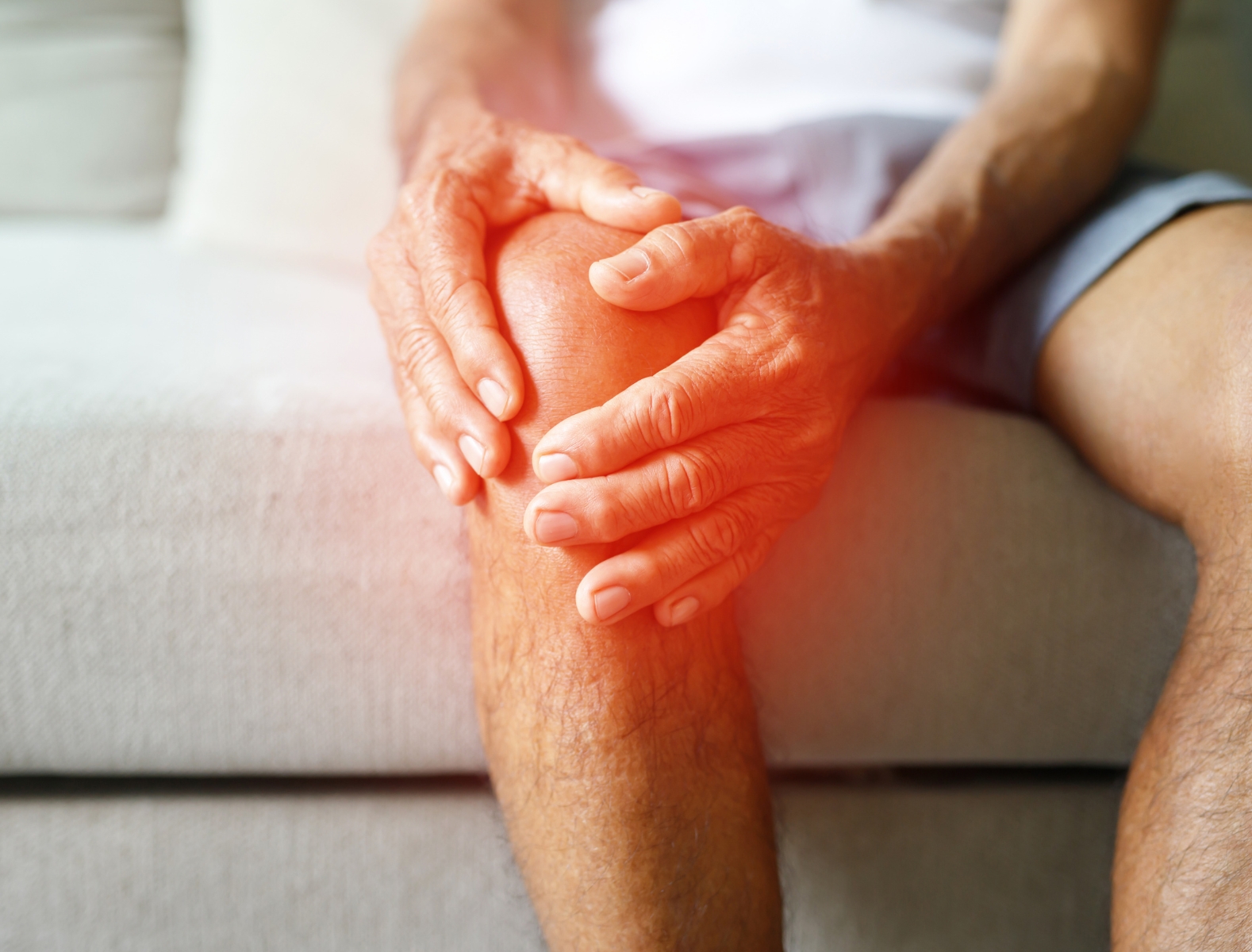
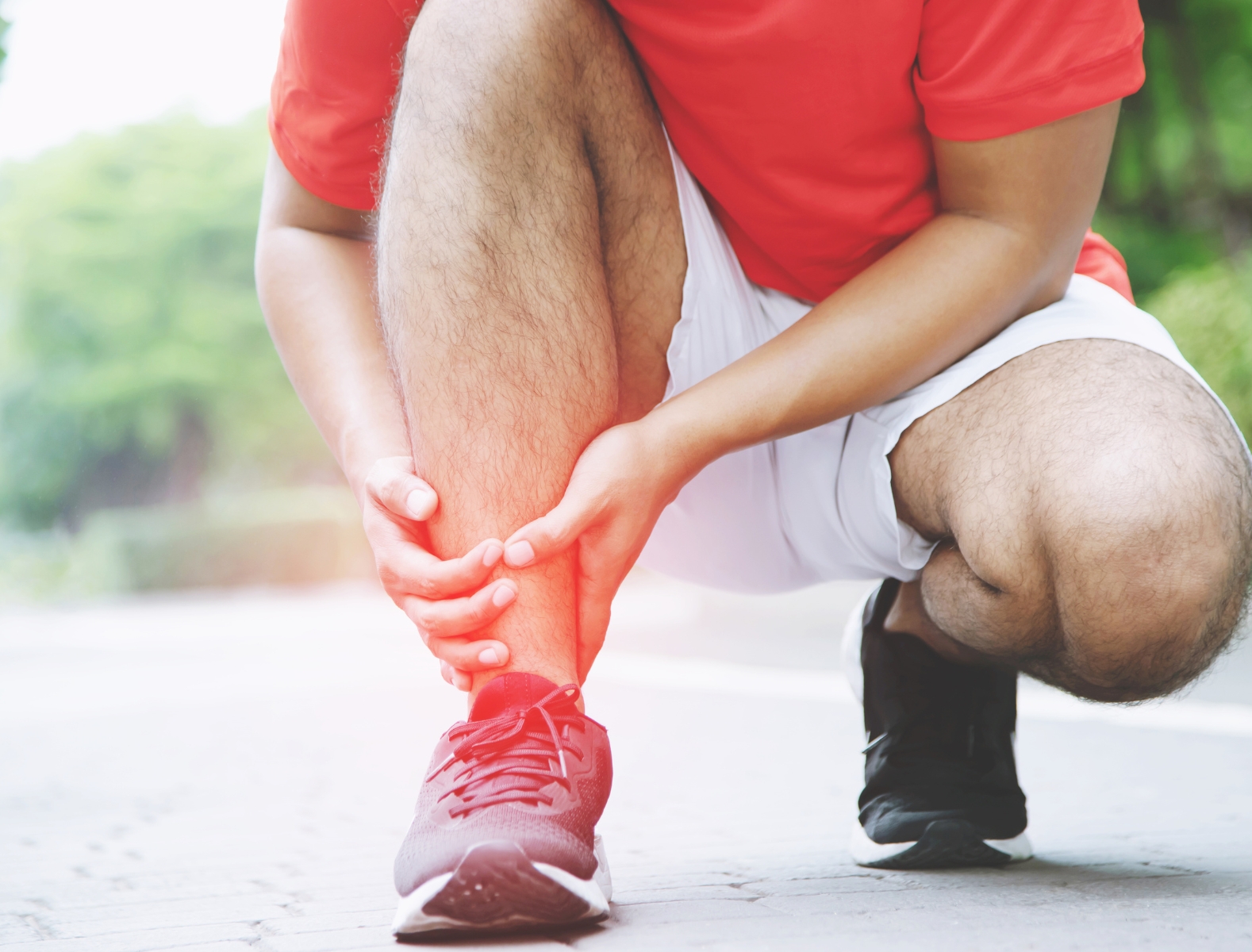
.webp)
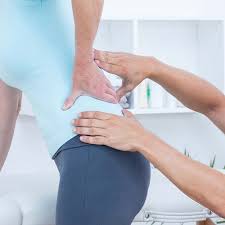
.jpg)
.png)
